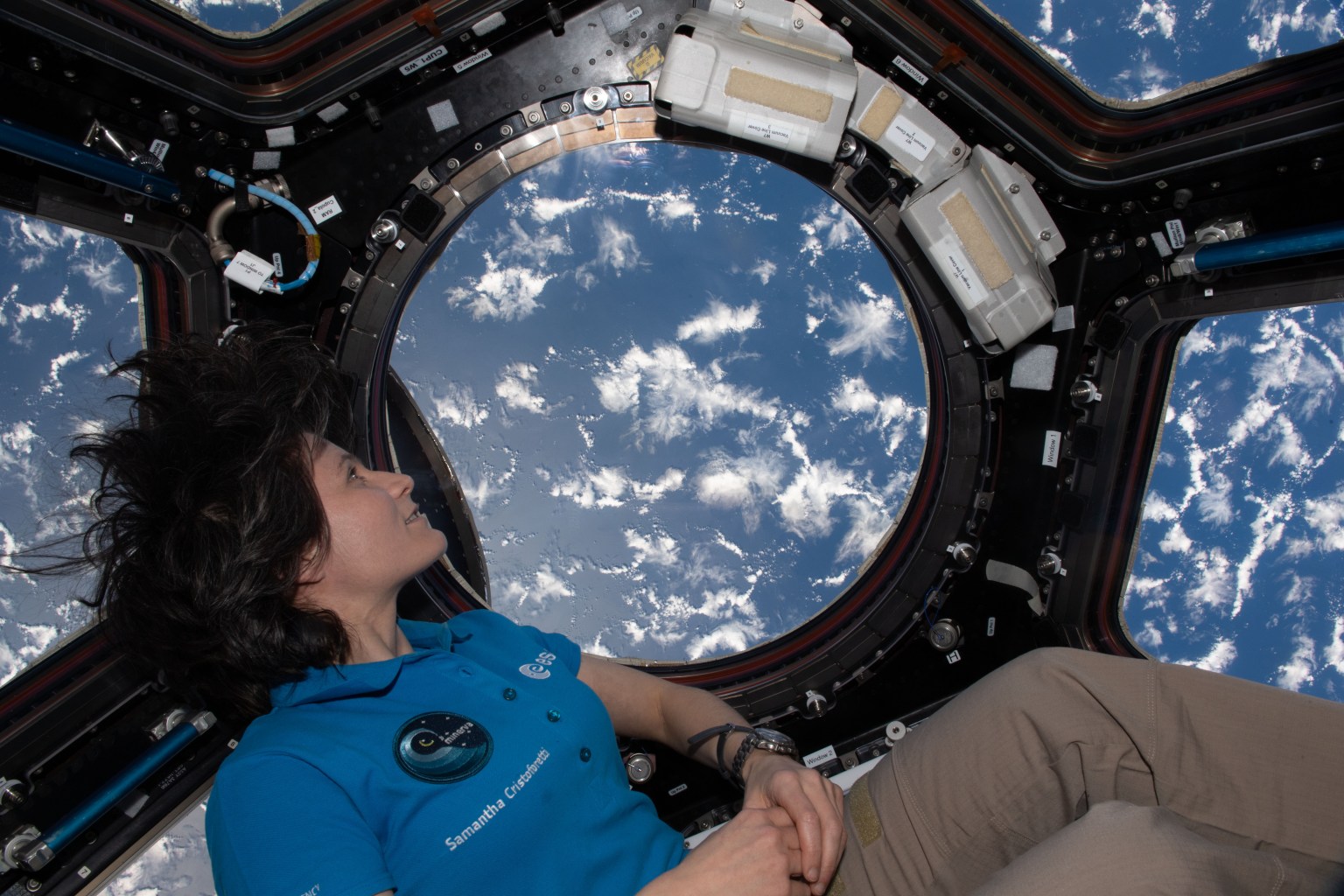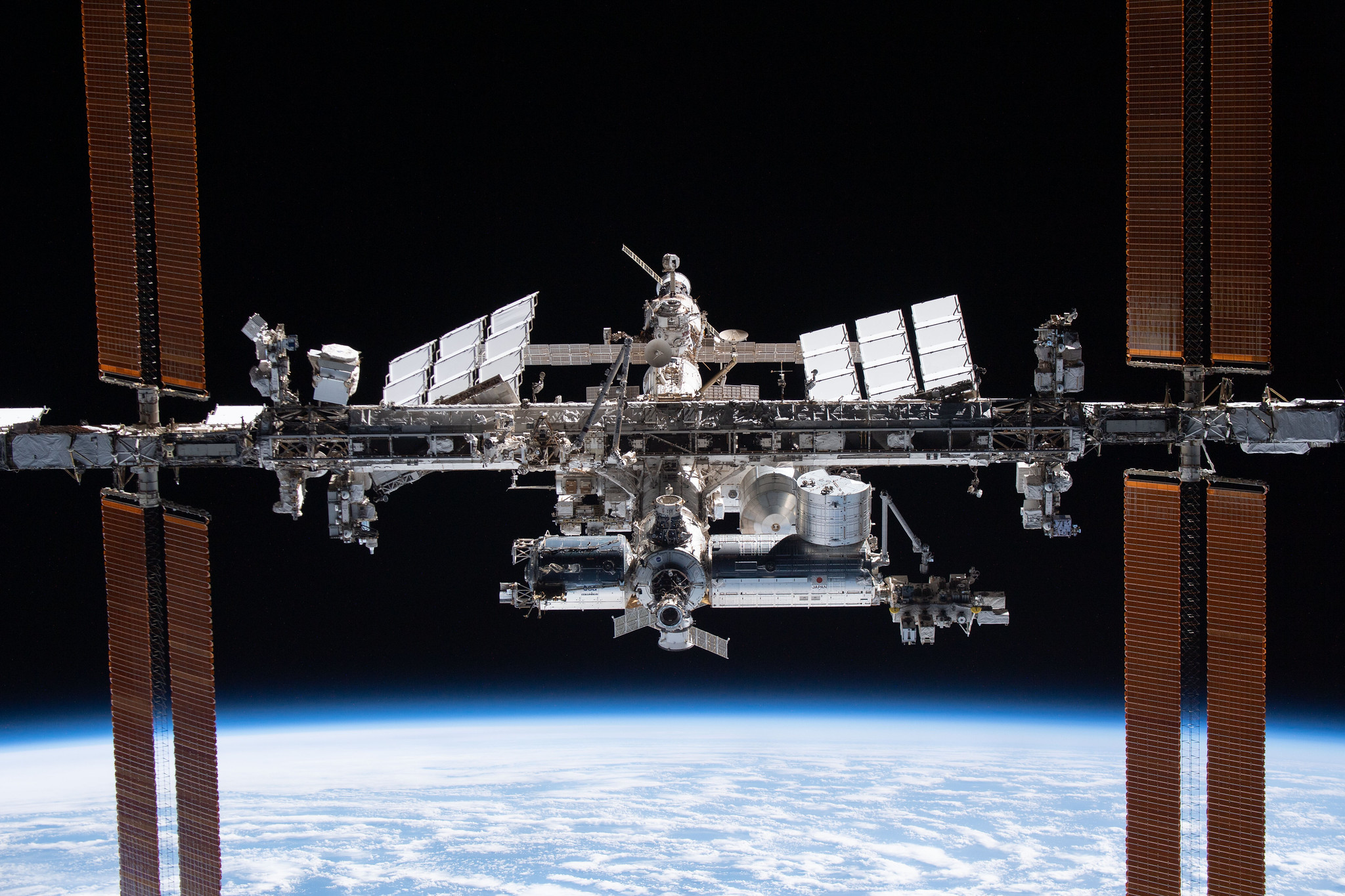Astronaut Recruitment
We’re recruiting our next class of NASA astronauts. Selected candidates could fly on Artemis missions to the Moon and, eventually, Mars. Will you be one of them? Applications are open through April 2, 2024.
Apply today! about Astronaut Recruitment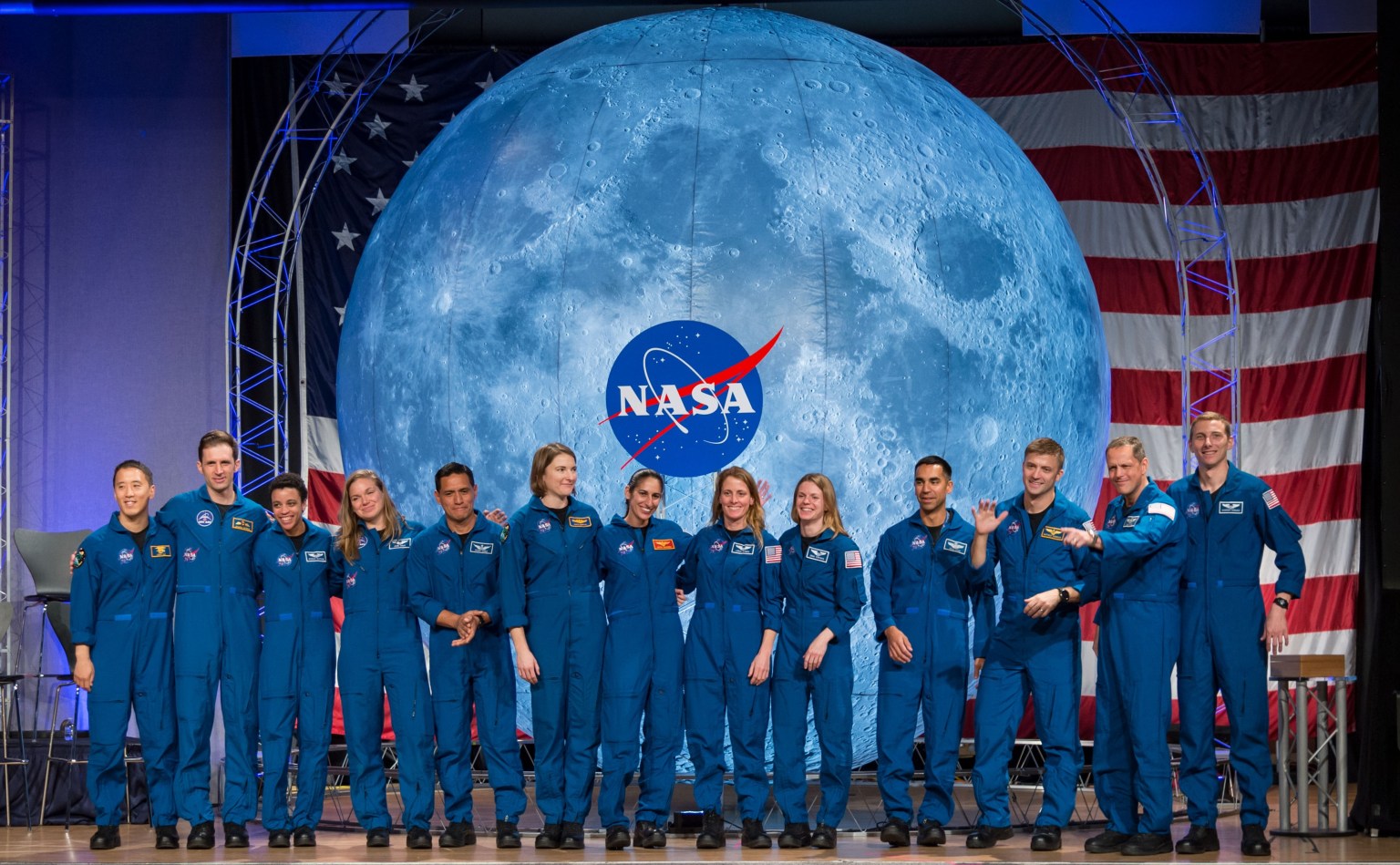
ISS National Laboratory (CASIS)
The ISS National Laboratory® is responsible for managing all non-NASA research, and all investigations require the capacity to utilize microgravity for the benefit of humanity. Through the ISS National Lab, this unique space-based research platform is available to U.S. researchers from small companies, research institutions, Fortune 500 companies, government agencies, and others, all interested in leveraging the space environment to solve complex problems on Earth.
Learn More about ISS National Laboratory (CASIS)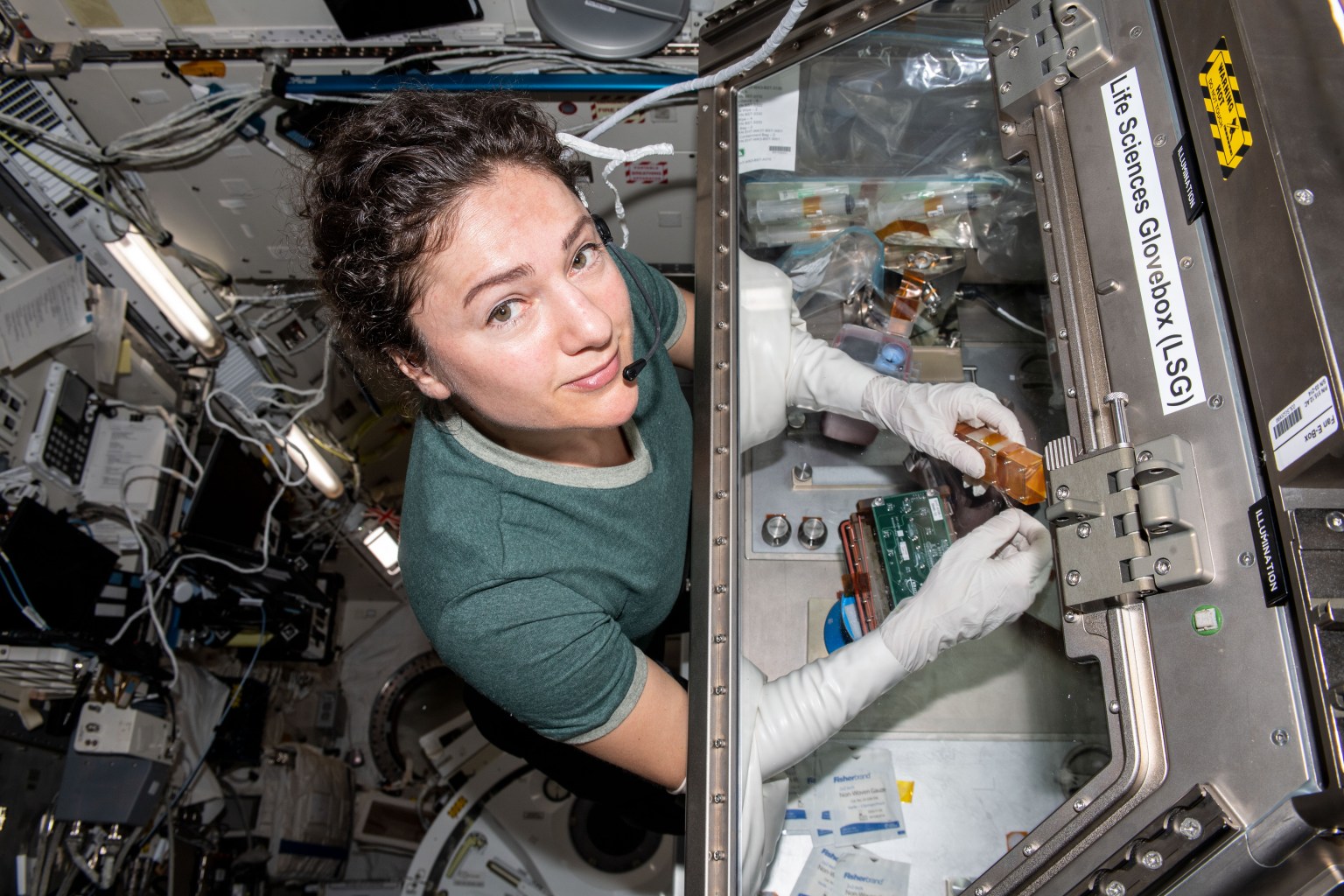
Human Research Program (HRP) analog missions
Analog missions prepare us for near-term and future exploration to asteroids, Mars, and the Moon. You can apply to join analog missions like HERA (Human Exploration Research Analog) and CHAPEA (Crew Health and Performance Exploration Analog).
Learn More about Human Research Program (HRP) analog missions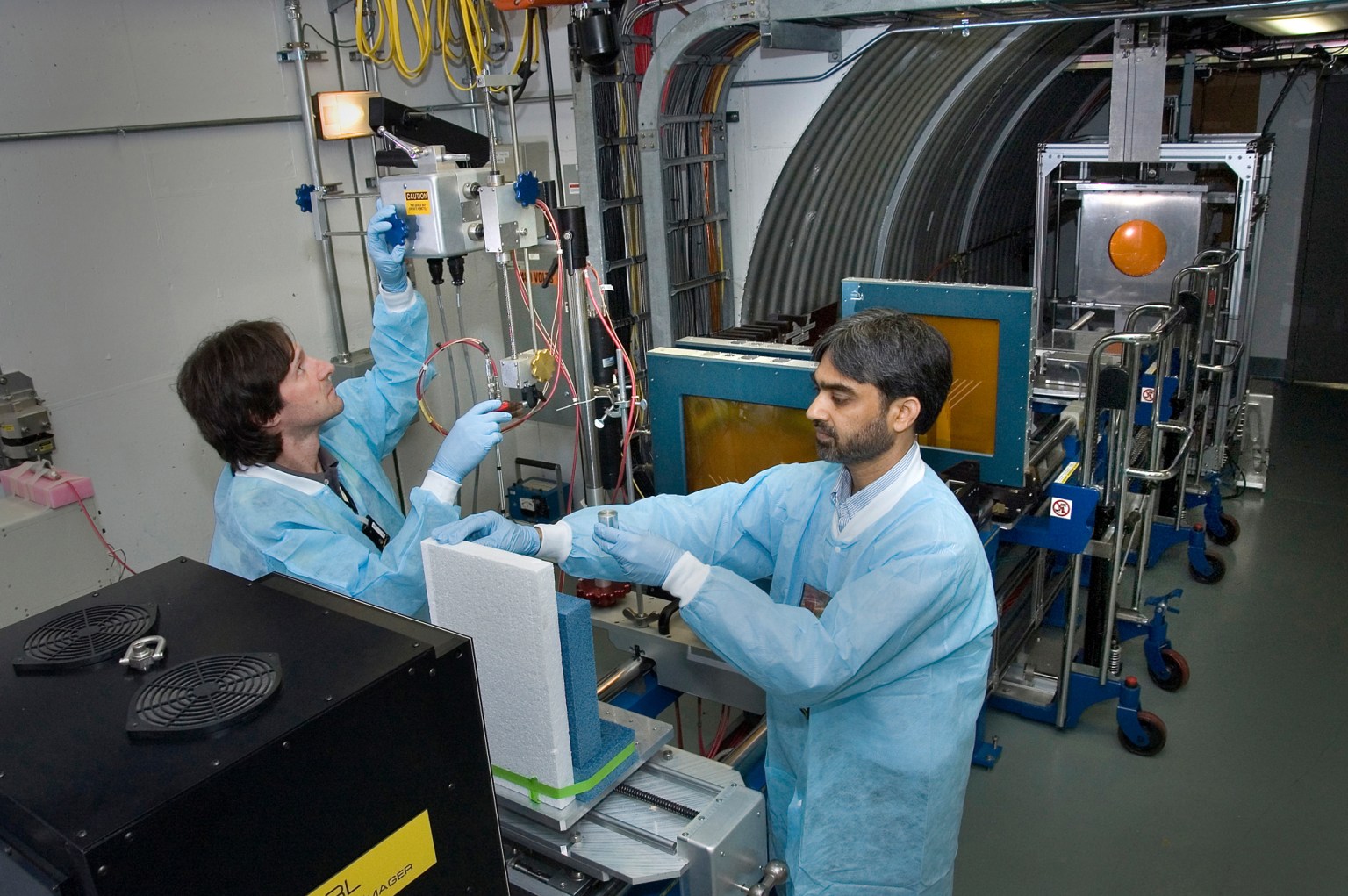
Payload Design Guidelines
This guide provides best practices and “tricks of the trade” to help the payload developer be successful when collaborating with NASA on designing, developing, and flying a payload on the space station.
Learn More about Payload Design Guidelines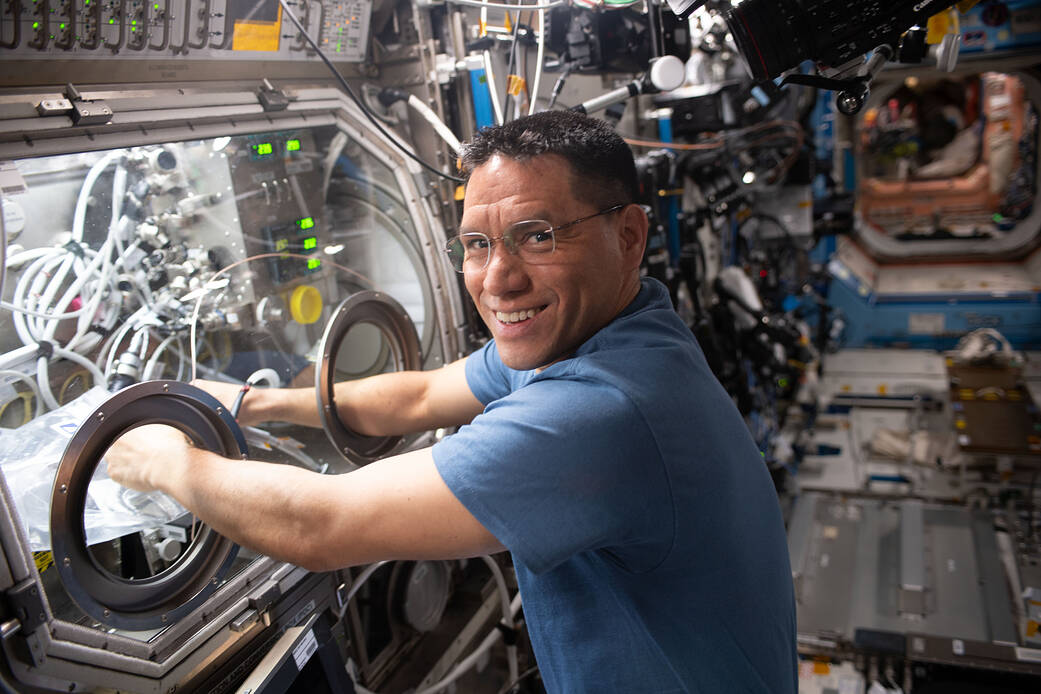
Station Researcher’s Guide Series
The International Space Station Program Research Integration Office presents a 17-book Researcher’s Guide Series by discipline. The purpose of the series is to educate potential users of the station platform on how their ground‐based experiments can be translated to the space environment. Each guide is designed to “start the conversation” of how new researchers can find opportunities as well as assistance in the proposal development process.
Learn More about Station Researcher’s Guide Series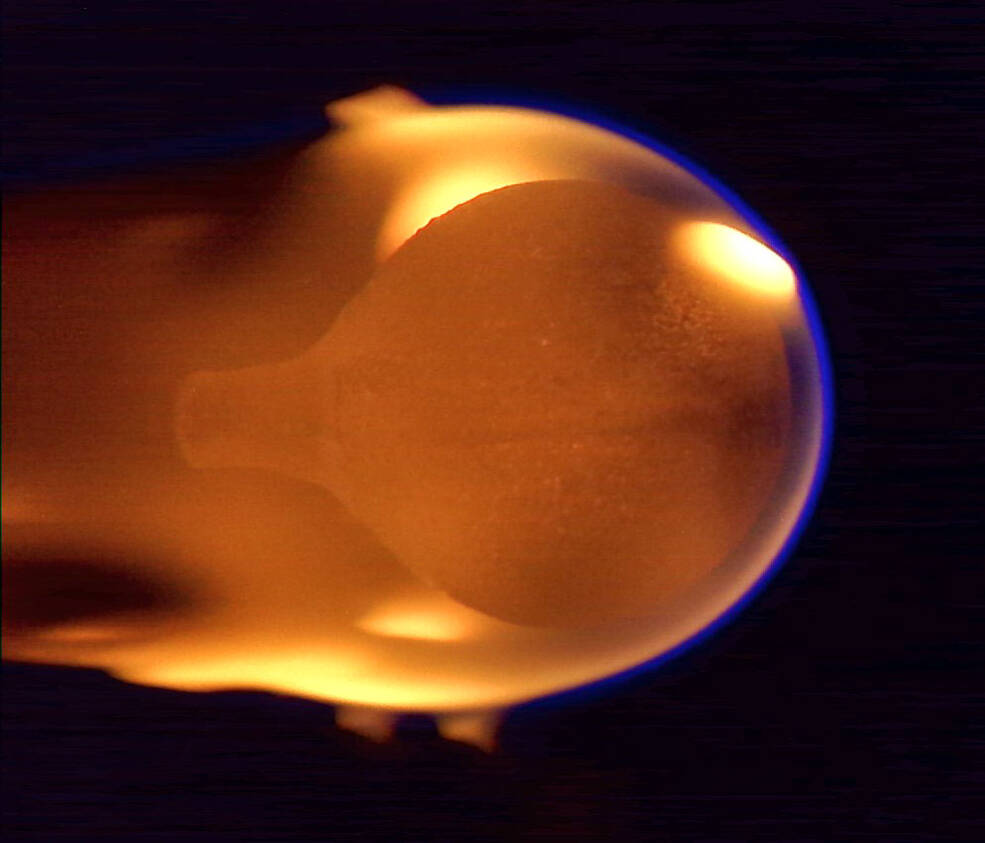
In Space Production Applications (In SPA)
InSPA seeks to ensure U.S. leadership of in-space manufacturing in low-Earth orbit by enabling the use of the ISS National Laboratory to demonstrate the production of advanced materials and products for terrestrial markets. NASA supports InSPA awards to help the selected companies raise the technological readiness level of their products and move them to market, propelling U.S. industry toward the development of a sustainable, scalable, and profitable non-NASA demand for services and products in low-Earth orbit.
Learn More about In Space Production Applications (In SPA)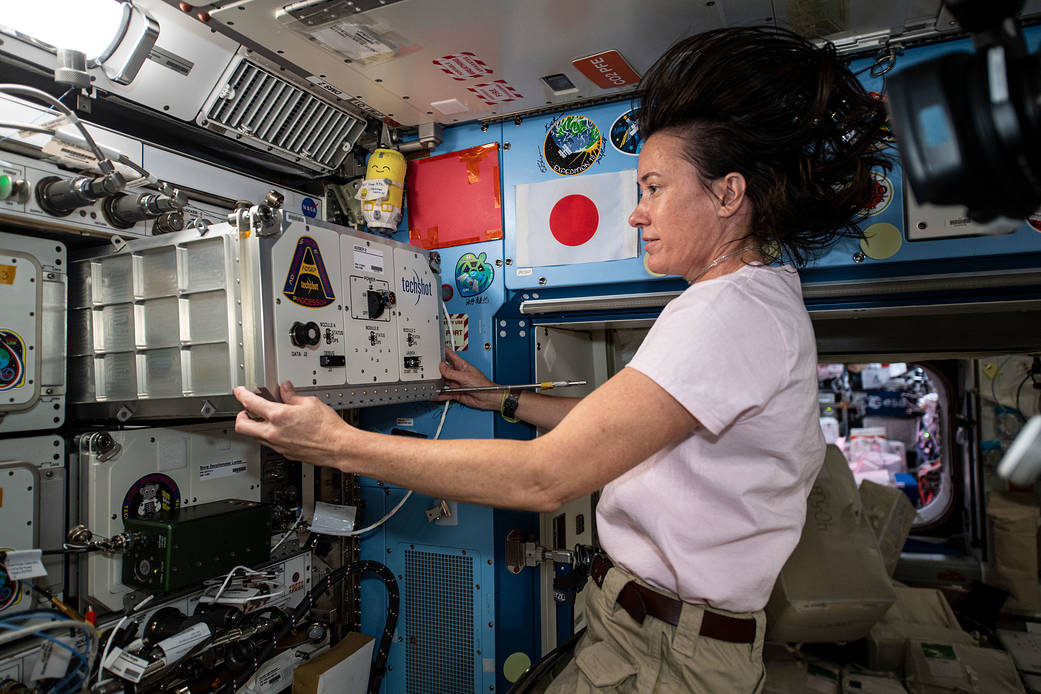
Science Applications within Reach
After four decades of microgravity research, NASA and the ISS National Lab have identified numerous applications that are within reach for NASA’s In Space Production Applications (InSPA) portfolio. Uniform crystals, semiconductors, specialized glass and optical fibers are just a few of the many advanced materials that can benefit from production in microgravity. Artificial retinas, drug delivery medical devices, as well as the production of pluripotent stem cells and bio inks are examples of how microgravity can stimulate the medical and bioscience industries. The most promising may be the production of small molecule crystalline proteins for pharmaceutical therapies.
Learn More about Science Applications within Reach
Where to submit proposals
NASA and the ISS National Laboratory are collaborating on a strategy and set of recommended targets for rapid development of In Space Production Applications (InSPA) over the next ten years, with concentration on accelerating carefully selected concepts with the potential for a rapid return on investment. U.S. businesses, institutions and non-profits may seek full funding support by proposing to the NASA Research Announcement (NRA).
Learn More about Where to submit proposals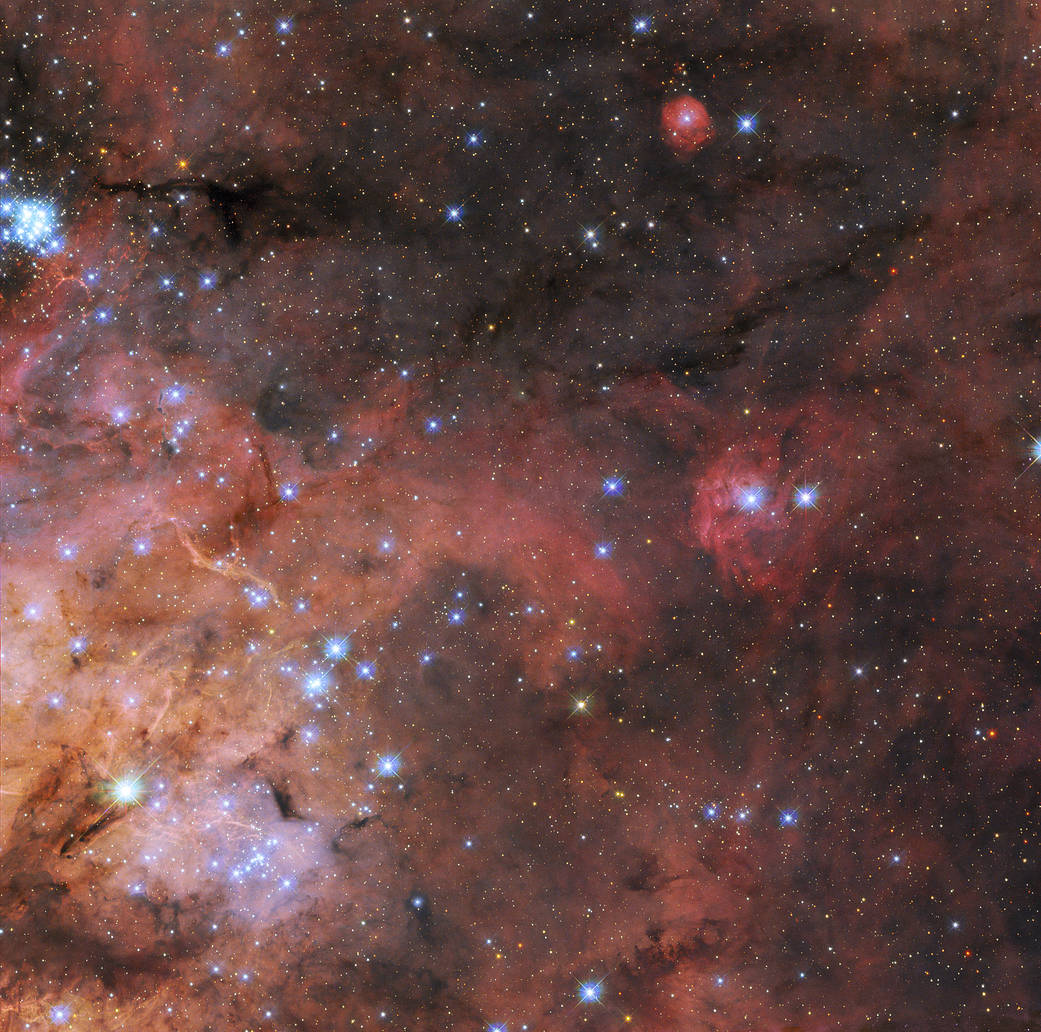
Open-Source Science
Several databases have accessible archive repositories of scientific and technological data from spaceflight, flight analog, and ground-based research investigations, including experiments operated within or outside the International Space Station. These ever-expanding databases of projects are available to explore your own areas of interest or science discipline.
Learn More about Open-Source Science
Spot the Station App
Watch the International Space Station pass overhead! It is the third brightest object in the sky and easy to spot if you know when to look up. NASA’s Spot the Station mobile application and website make knowing when to see it easy.
Learn More about Spot the Station App
Contact the ISS (ARISS, non-NASA website)
ARISS is a partnership between NASA, amateur radio organizations, and international space agencies. Amateur radio enthusiasts have opportunities to connect with the space station crew when station flies over their area.
Learn More about Contact the ISS (ARISS, non-NASA website)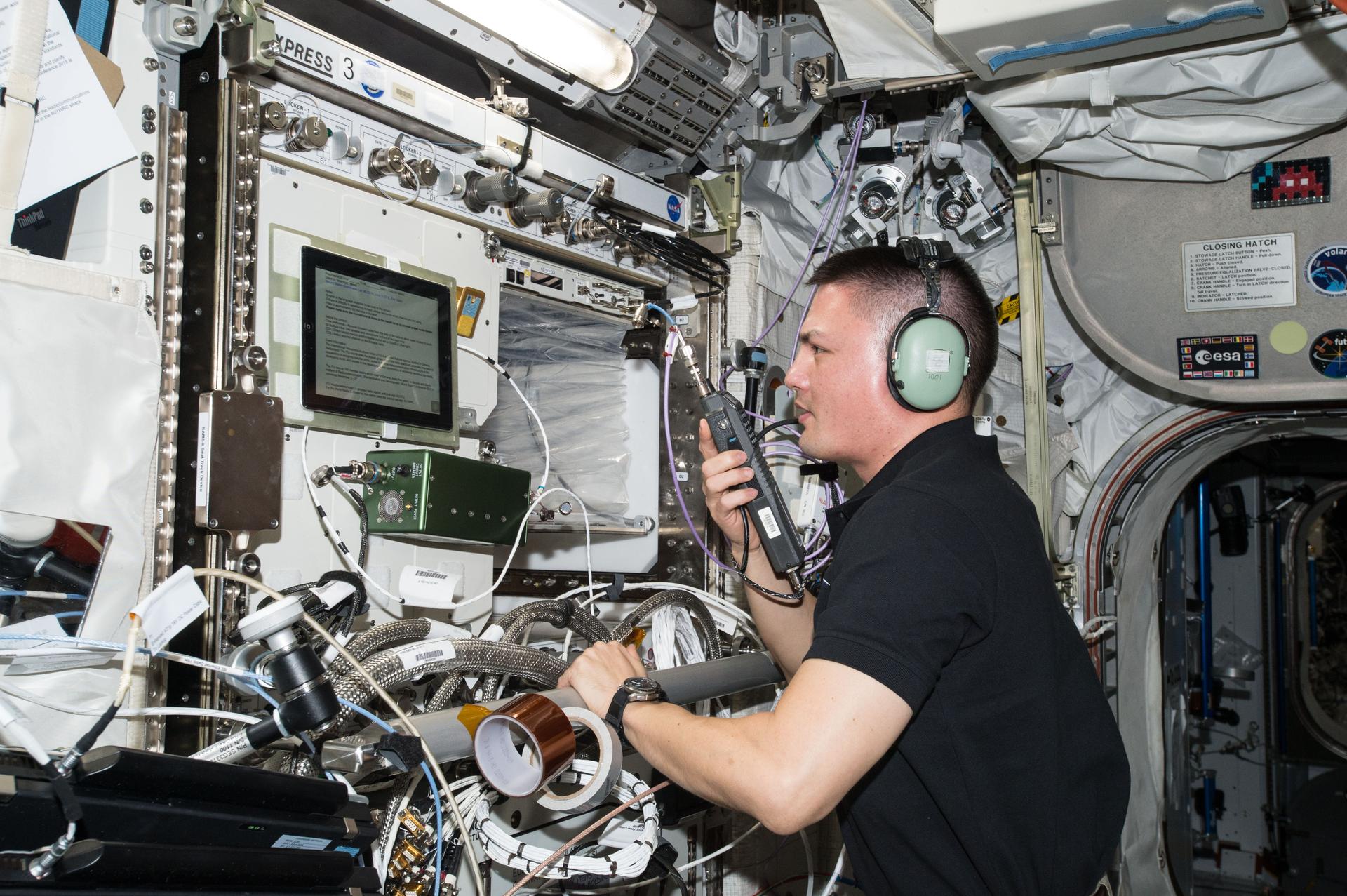
Get involved in the growing LEO economy
The International Space Station provides platforms for small businesses, entrepreneurs, and researchers to test their science and technology in space. Not only has the station’s capacity for research, development, and manufacturing in low-Earth orbit increased, the cost continues to fall. Together, these factors are advancing development of new and improved products as well as spawning new commercial ventures and providing growth for existing ones.
Learn More about Get involved in the growing LEO economy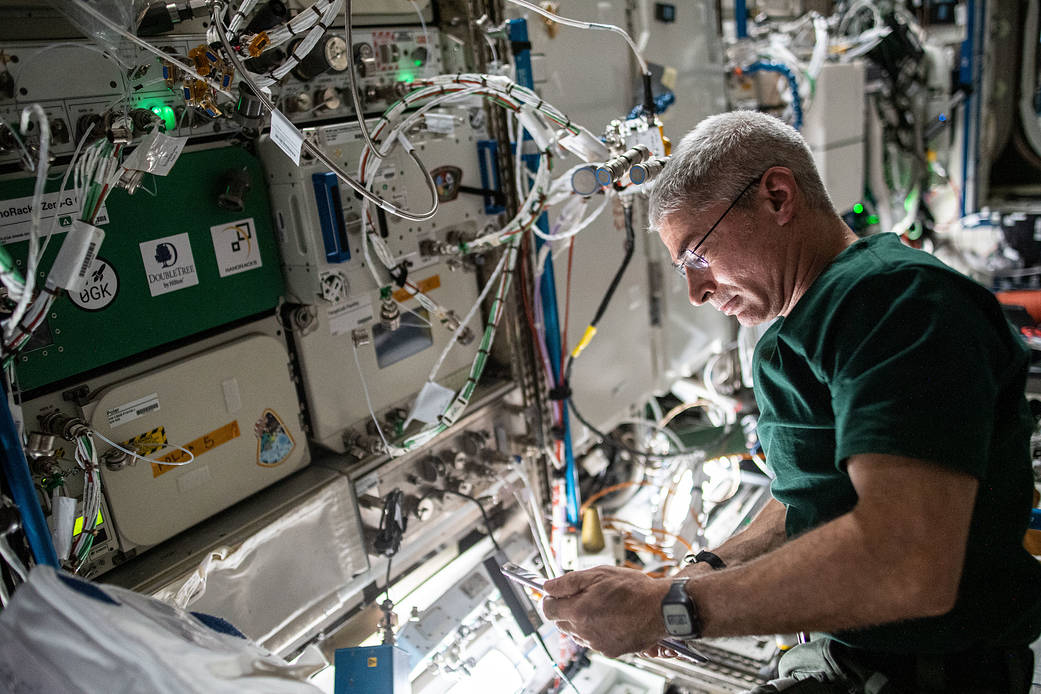
NASA Internship Programs
At NASA, we explore the extraordinary every day and our work is more than just a profession—it’s a lifelong pursuit and a passion. NASA offers several opportunities for students to undertake meaningful and challenging projects that truly make an impact on humanity.
Learn More about NASA Internship Programs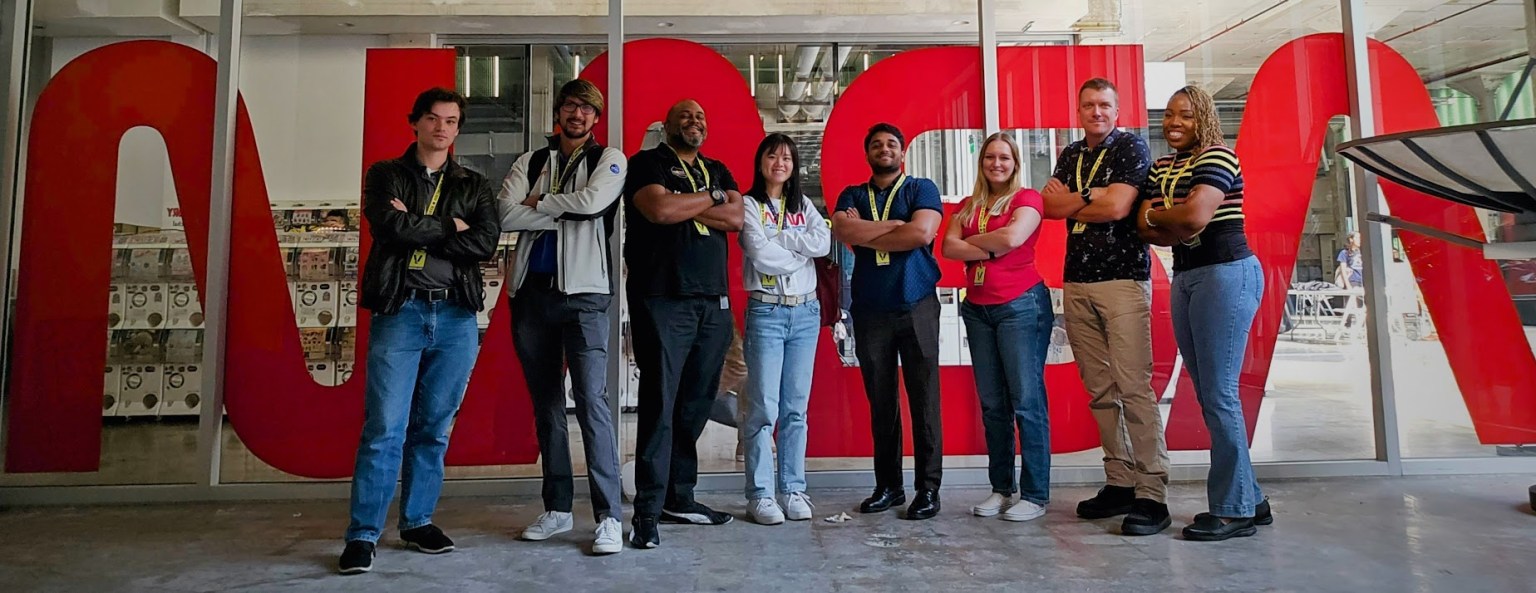
Careers at NASA
We’re a diverse team united by a shared purpose. Join our team of engineers, scientists, program managers, and more who share a passion for exploration and a drive for excellence. Learn more about all of the roles available at NASA.
Learn More about Careers at NASA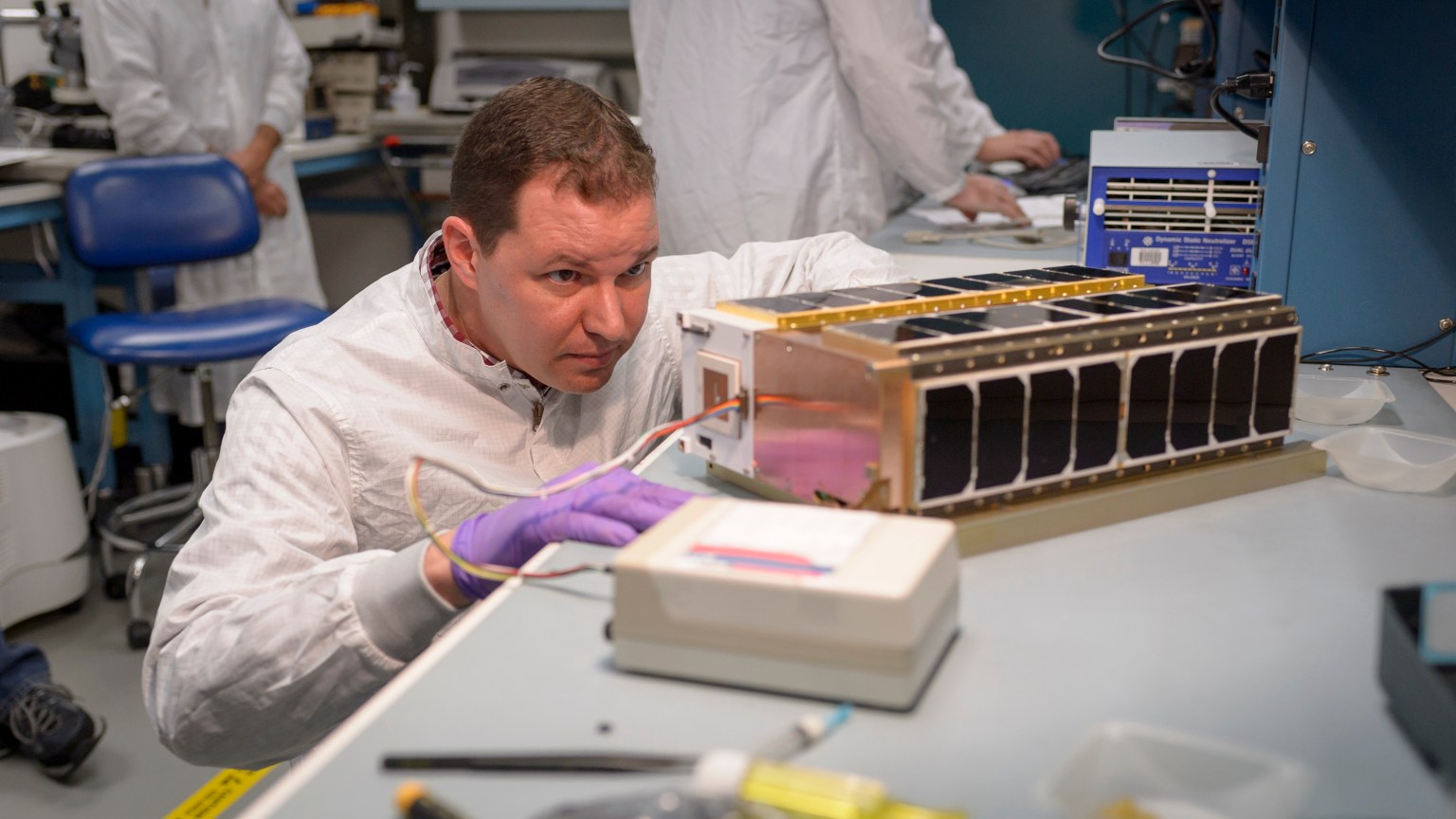
NASA Technology Transfer Program
The NASA Technology Transfer program ensures that innovations developed for exploration and discovery are broadly available to the public, maximizing the benefit to the Nation.
Learn More about NASA Technology Transfer Program